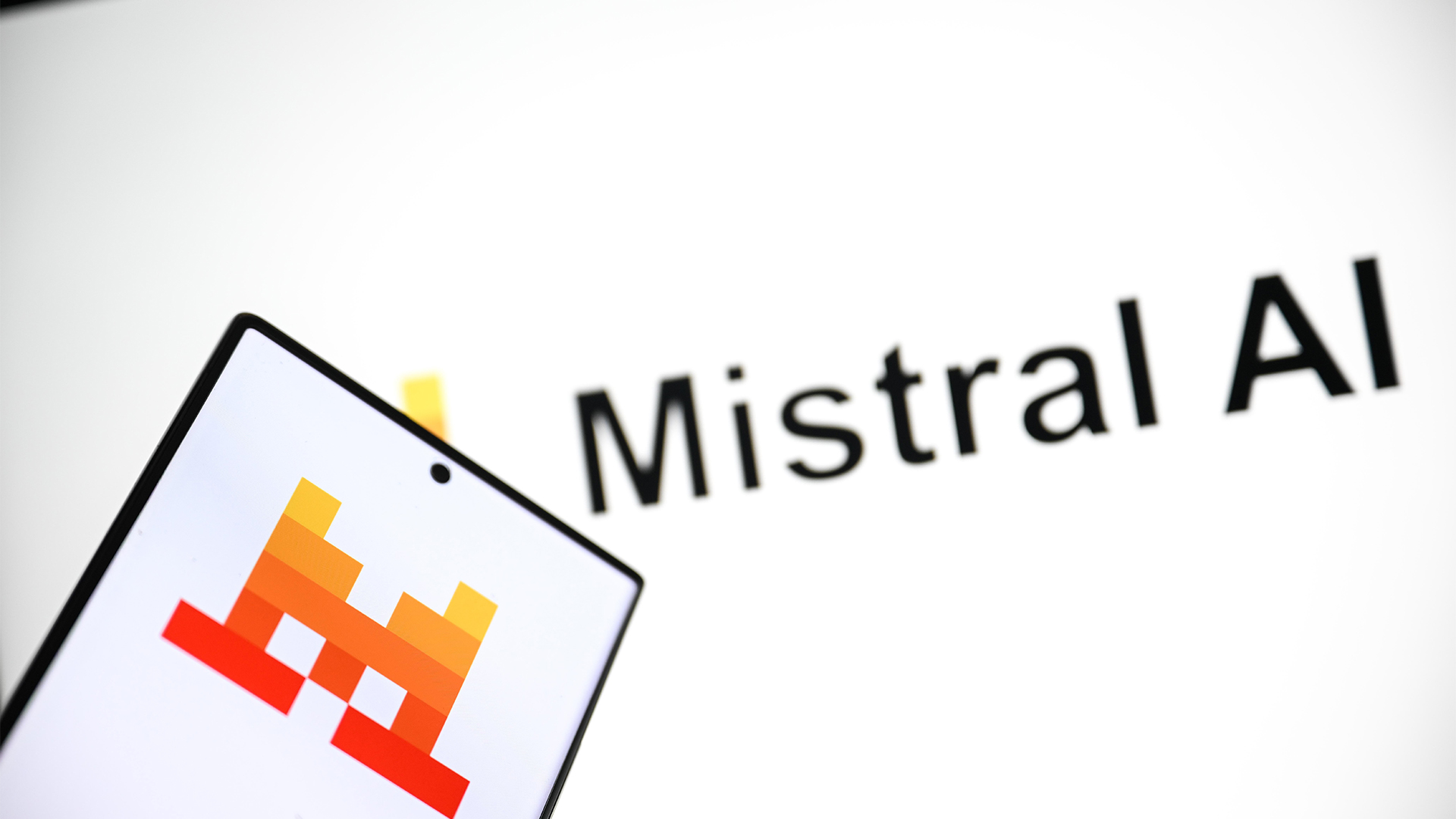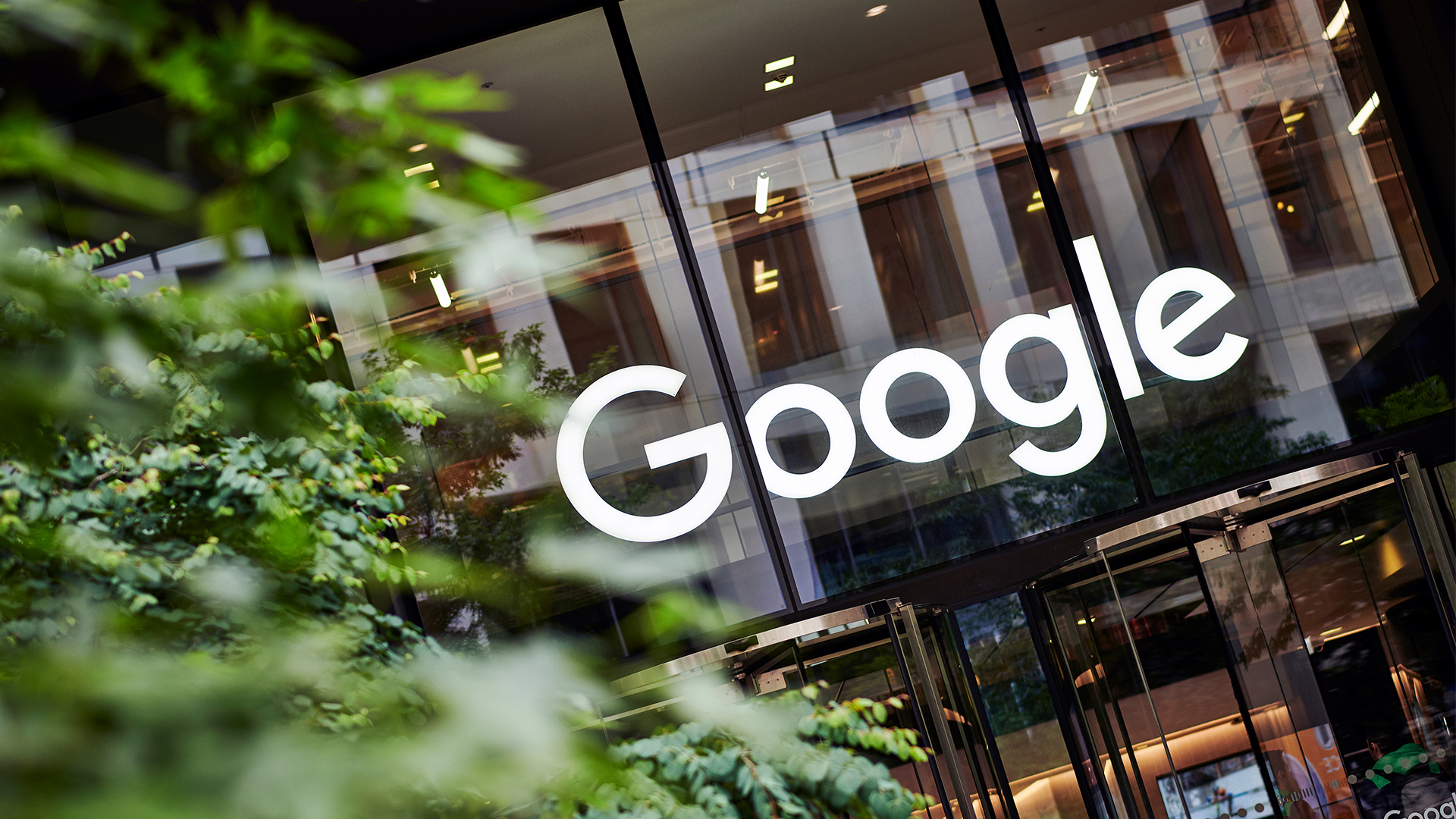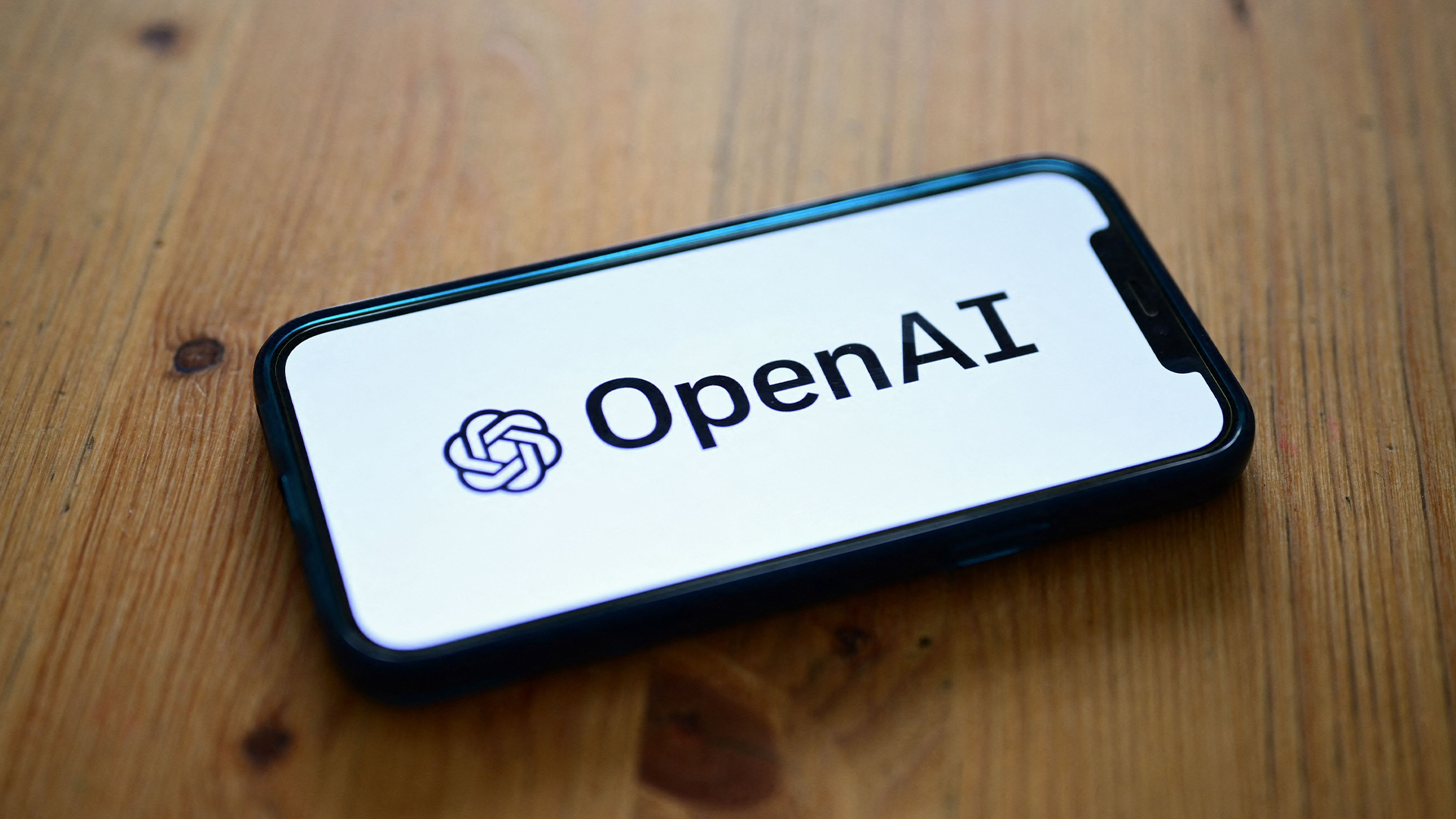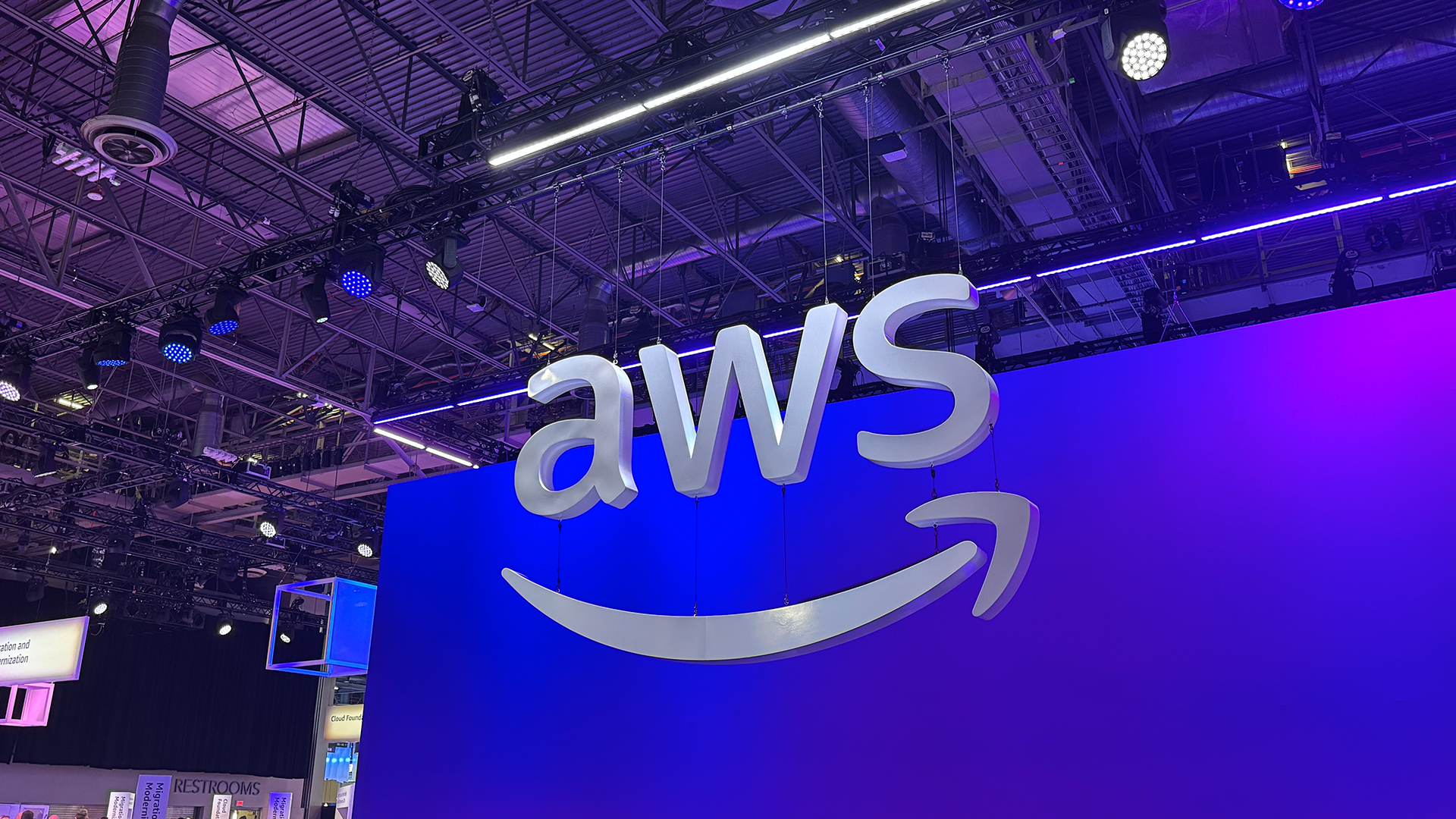Mistral's new sustainability tracker tool shows the impact AI has on the environment – and it makes for sober reading
Lifecycle analysis of LLMs by Mistral reveals the huge environmental impact of AI training and inference


Mistral has launched a new sustainability auditing tool to help organizations understand the environmental impact of AI models.
The French AI frontrunner completed a lifecycle analysis of its flagship Large 2 model, working with the French Environment and Energy Management Agency (ADEME) and Carbone 4, a consultancy specializing in carbon strategy.
Mistral reported a footprint of 20.4ktCO₂e or 20.4 thousand tons of carbon dioxide emissions for Large 2, as of January 2025. By that date, the model had also consumed 281,000 m3 of water, equivalent to 74.2 million gallons.
This figure accounted both for the training of the model and for 18 months of use, according to the AI firm. The average French person consumes 150 liters of water in a day, per LaVie data, meaning the training phase for Large 2 was equal to the yearly consumption of over 5,100 French citizens.
As much as 91% of the water use and 85.5% of the greenhouse gas emissions associated with Large 2 come from its training and inference phases.
Training large language models (LLMs) requires vast amounts of energy and water, as developers run data centers at peak compute capacity for weeks - or months - to produce advanced models.
Inference, in which a trained model produces outputs based on a user’s inputs, similarly draws huge amounts of power and water for cooling. Though each prompt a user puts into an LLM has a far smaller impact than training the model, they quickly add up, particularly as millions or hundreds of millions of users interact with the models concurrently.
Sign up today and you will receive a free copy of our Future Focus 2025 report - the leading guidance on AI, cybersecurity and other IT challenges as per 700+ senior executives
Each 400 token prompt for Large 2, accounting for around 300 words, directly led to 1.14 gCO₂e and the consumption of 45 ml (1.5 fl oz) of water. Mistral compared this usage to the amount of energy needed to stream a video for 10 seconds, or the water needed to grow a small radish.
“Even though some recent initiatives have been taken, such as the Coalition for Sustainable AI, launched during the Paris AI Action Summit in February 2025, the work to achieve here remains important,” Mistral wrote in its blog post.
“Without more transparency, it will be impossible for public institutions, enterprises and even users to compare models, take informed purchasing decisions, fill enterprises' extra-financial obligations or reduce the impacts associated with their use of AI.
AI is driving direct and indirect emissions
The environmental impact of training and running AI models is increasingly acknowledged by the largest companies in the tech sector.
This is because they are obliged to publish their scope 1 emissions – those they directly control – as well as their scope 2 and 3, accounting for the impact of their energy purchases and those of other companies in its supply chain.
Google’s emissions have risen by 51% since 2019, driven in large part by scope 3 emissions such as massive data center construction. Microsoft reported a 29% rise in emissions in 2024, similarly tied to data center expansion.
In response, Microsoft has announced a range of plans intended to cut or offset emissions such as novel approaches to data center cooling, building wooden data centers, and even burying human waste.
Google has also put great emphasis on its newest chips for AI training and inference, which it’s said are 30x more efficient than its 2018 models. But emissions continue to rise in the face of these big tech efforts.
Mistral eyes sustainability improvements
Mistral acknowledged that, at present, LLM computation happens across a wide range of data centers, including in regions with carbon-intensive electricity generation and those experiencing water scarcity.
The firm said it is in the process of building its own data center in France to make use of the country’s abundant energy derived from low-carbon nuclear power and cooler climate, both of which will drive down the emissions of its models.
Crucially, Mistral found that the environmental footprint of LLMs correlates very closely with their scale.
“[A] model 10 times bigger will generate impacts one order of magnitude larger than a smaller model for the same amount of generated tokens. This highlights the importance of choosing the right model for the right use case,” Mistral wrote.
With this in mind, businesses may consider the pros and cons of using the largest models on the market, including the flagship offerings of OpenAI, Google, and Anthropic, over more lightweight models.
In the future, Mistral recommended that better systems be established for metrics such as the lifecycle of data center GPUs, which is a core piece of the puzzle for working out the environmental impact of AI models but is currently hard to track.
“Moving forward, we are committed to updating our environmental impact reports in the future and participating in discussions around the development of international industry standards,” Mistral added.
“We will advocate for greater transparency across the entire AI value chain and work to help AI adopters make informed decisions about the solutions that best suit their needs. The results will later be available via ADEME’s Base Empreinte database, setting a new standard for future reference for transparency in the AI sector.”
Make sure to follow ITPro on Google News to keep tabs on all our latest news, analysis, and reviews.
MORE FROM ITPRO
- Mistral targets security-conscious developers with new AI coding assistant
- Capgemini and SAP are teaming up with Mistral – here’s why
- Mistral AI launches its own competitor to Code Llama and GitHub Copilot

Rory Bathgate is Features and Multimedia Editor at ITPro, overseeing all in-depth content and case studies. He can also be found co-hosting the ITPro Podcast with Jane McCallion, swapping a keyboard for a microphone to discuss the latest learnings with thought leaders from across the tech sector.
In his free time, Rory enjoys photography, video editing, and good science fiction. After graduating from the University of Kent with a BA in English and American Literature, Rory undertook an MA in Eighteenth-Century Studies at King’s College London. He joined ITPro in 2022 as a graduate, following four years in student journalism. You can contact Rory at rory.bathgate@futurenet.com or on LinkedIn.
-
 Google drops $4.75bn on data center and energy firm Intersect
Google drops $4.75bn on data center and energy firm IntersectNews The investment marks the latest move from Google to boost its infrastructure sustainability credentials
-
 OpenAI says prompt injection attacks are a serious threat for AI browsers
OpenAI says prompt injection attacks are a serious threat for AI browsersNews OpenAI details efforts to protect ChatGPT Atlas against prompt injection attacks
-
 OpenAI says prompt injection attacks are a serious threat for AI browsers – and it’s a problem that’s ‘unlikely to ever be fully solved'
OpenAI says prompt injection attacks are a serious threat for AI browsers – and it’s a problem that’s ‘unlikely to ever be fully solved'News OpenAI details efforts to protect ChatGPT Atlas against prompt injection attacks
-
 Google DeepMind CEO Demis Hassabis thinks startups are in the midst of an 'AI bubble'
Google DeepMind CEO Demis Hassabis thinks startups are in the midst of an 'AI bubble'News AI startups raising huge rounds fresh out the traps are a cause for concern, according to Hassabis
-
 OpenAI turns to red teamers to prevent malicious ChatGPT use as company warns future models could pose 'high' security risk
OpenAI turns to red teamers to prevent malicious ChatGPT use as company warns future models could pose 'high' security riskNews The ChatGPT maker wants to keep defenders ahead of attackers when it comes to AI security tools
-
 AWS has dived headfirst into the agentic AI hype cycle, but old tricks will help it chart new waters
AWS has dived headfirst into the agentic AI hype cycle, but old tricks will help it chart new watersOpinion While AWS has jumped on the agentic AI hype train, its reputation as a no-nonsense, reliable cloud provider will pay dividends
-
 AWS CEO Matt Garman says AI agents will have 'as much impact on your business as the internet or cloud'
AWS CEO Matt Garman says AI agents will have 'as much impact on your business as the internet or cloud'News Garman told attendees at AWS re:Invent that AI agents represent a paradigm shift in the trajectory of AI and will finally unlock returns on investment for enterprises.
-
 Westcon-Comstor partners with Fortanix to drive AI expertise in EMEA
Westcon-Comstor partners with Fortanix to drive AI expertise in EMEANews The new agreement will help EMEA channel partners ramp up AI and multi-cloud capabilities
-
 Microsoft quietly launches Fara-7B, a new 'agentic' small language model that lives on your PC — and it’s more powerful than GPT-4o
Microsoft quietly launches Fara-7B, a new 'agentic' small language model that lives on your PC — and it’s more powerful than GPT-4oNews The new Fara-7B model is designed to takeover your mouse and keyboard
-
 Anthropic announces Claude Opus 4.5, the new AI coding frontrunner
Anthropic announces Claude Opus 4.5, the new AI coding frontrunnerNews The new frontier model is a leap forward for the firm across agentic tool use and resilience against attacks